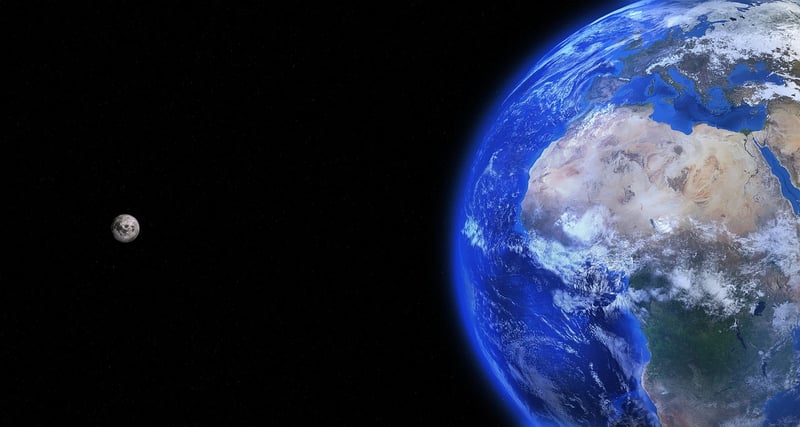Mars Terraforming
The Future of Space Exploration: Beyond Earth's Limits
Exploring Mars: The Next Frontier
In recent years, the idea of human colonization of Mars has shifted from science fiction to a tangible goal. Mars, the fourth planet from the sun, has captured the imagination of scientists, researchers, and space enthusiasts alike. With its similarities to Earth and potential for terraforming, Mars stands out as a promising candidate for future human habitation.
The Challenges of Mars Colonization
Despite its allure, Mars presents numerous challenges for potential colonizers. The planet has a thin atmosphere, extreme temperatures, and high levels of radiation. Overcoming these obstacles requires innovative solutions and cutting-edge technology.
Terraforming Mars
Terraforming is the process of transforming a planet to resemble Earth, making it suitable for human life. While the concept of terraforming Mars is ambitious, it offers a potential solution to the inhospitable conditions on the red planet. By introducing greenhouse gases to thicken the atmosphere, melting the polar ice caps to release water, and creating artificial magnetic fields to shield from radiation, scientists believe Mars could one day support human life.
The Role of Technology
Advancements in technology play a crucial role in making Mars colonization a reality. From reusable rockets for interplanetary travel to advanced life support systems for sustaining human life in space, ongoing research and development are paving the way for a future where humans can call Mars home.
Conclusion
As we look to the stars and dream of exploring beyond Earth's limits, Mars stands out as a beacon of hope for the future of space exploration. With continued scientific advancements and a shared vision of interplanetary cooperation, the possibility of human colonization of Mars is no longer a distant fantasy but a tangible goal within reach.

Explore more about Mars and the future of space exploration here.
